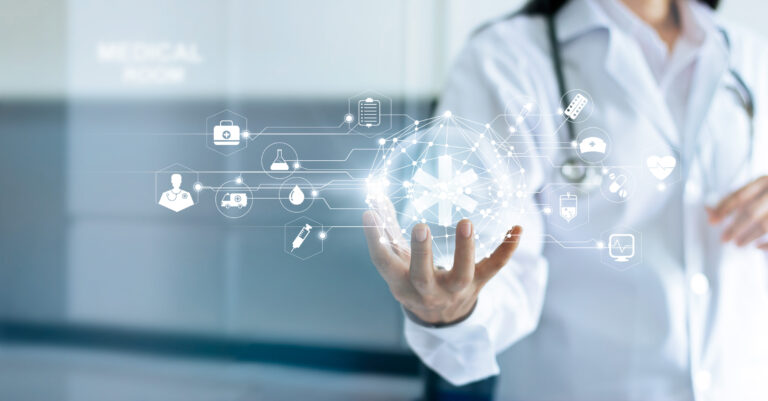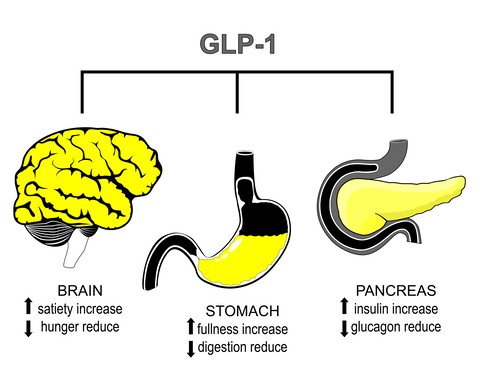Health Economics of Radiotherapeutics
Health economics plays a critical role in evaluating the value of radiotherapeutics within the healthcare system. Radiotherapeutics, which include both diagnostic and therapeutic uses of radiation, are essential for treating various types of cancer and other medical conditions. The economic analysis of these treatments is vital to ensure that healthcare resources are utilised efficiently, providing the best possible outcomes for patients while maintaining financial sustainability.
Radiotherapeutics encompass a range of treatments, from traditional external beam radiotherapy (EBRT) to more advanced techniques like proton therapy and stereotactic radiosurgery. Each modality has distinct cost implications, driven by factors such as equipment, technology, training, and operational expenses. The initial investment in advanced radiotherapy equipment can be substantial, often running into millions of pounds. However, these costs must be weighed against the potential benefits, including improved patient outcomes, reduced side effects, and shorter treatment times.
One of the primary considerations in the health economics of radiotherapeutics is cost-effectiveness. This involves comparing the costs and outcomes of radiotherapy to alternative treatments, such as surgery or chemotherapy. Cost-effectiveness analysis (CEA) helps determine whether its health benefits justify the additional costs of a new radiotherapeutic technique. For example, while proton therapy is more expensive than conventional EBRT, it may be cost-effective for certain cancers where it significantly reduces damage to surrounding healthy tissues, leading to better long-term outcomes and lower overall healthcare costs.
Budget impact analysis (BIA) is another crucial tool in health economics. BIA assesses the financial implications of adopting new radiotherapeutic technologies within a specific budget context. This analysis helps policymakers understand the short- and long-term financial impact on healthcare budgets, aiding in resource allocation decisions. For instance, introducing a new, more expensive radiotherapy technique might require reallocating funds from other areas or justifying the investment through anticipated long-term savings from improved patient outcomes.
Quality-adjusted life years (QALYs) are often used to measure the value provided by radiotherapeutics. QALYs take into account both the quantity and quality of life gained from a treatment. Radiotherapeutics that offer significant improvements in survival rates and quality of life can be considered highly valuable, even if their upfront costs are high. By quantifying these benefits, health economists can present a clearer picture of the true value of radiotherapeutics.
In conclusion, the health economics of radiotherapeutics involves a complex interplay of cost, effectiveness, and value. Advanced radiotherapy techniques offer significant potential benefits but come with substantial costs. Through cost-effectiveness analysis, budget impact assessments, and measures like QALYs, health economists help ensure that these treatments are used efficiently, providing maximum benefit to patients while maintaining the sustainability of healthcare systems.
You are here:
home » Health Economics of Radiotherapeutics











